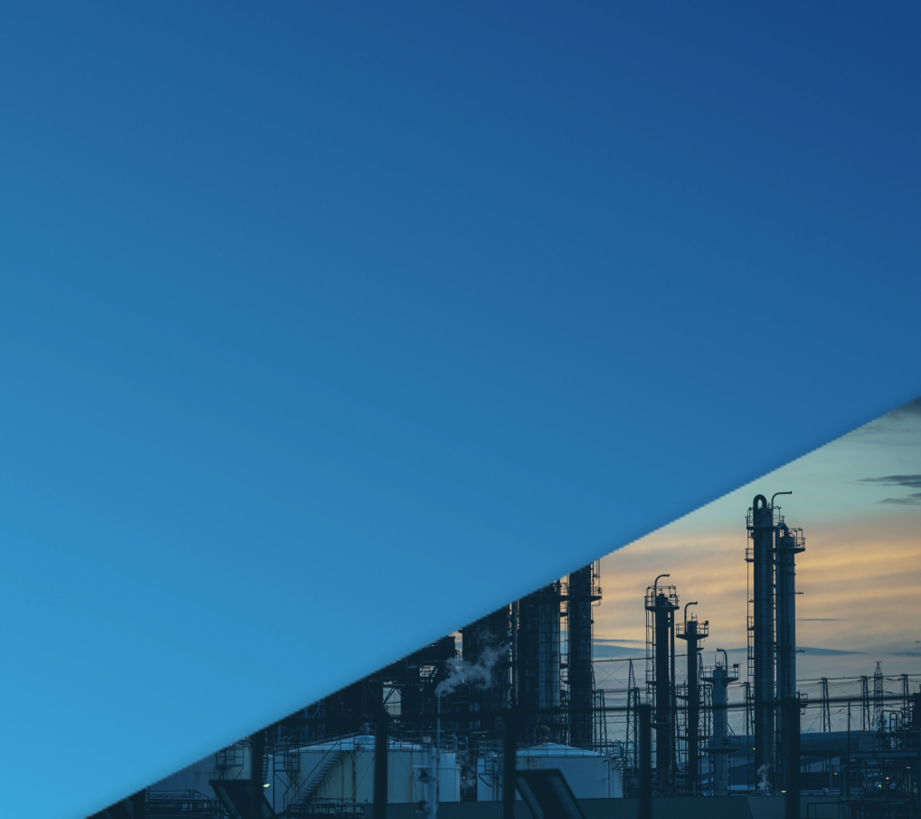

Oil & Gas
Adapt your organization to promote agility and effectively respond to the emerging challenges facing the Oil, Gas, and Energy industry
The current state of the global energy landscape, marked by workforce shortages, low productivity, and increasing material costs, presents significant implications for the Energy ecosystem, introducing new hurdles to overcome.
We take a comprehensive approach to assist oil, gas, and energy companies in enhancing the execution of their most profitable projects through improved agility and adaptability.
Client results
Learn how to implement it in your organization
How we can help
Optimize the Energy Supply Chain
We use KAIZEN™ principles to streamline supply chain operations, reduce waste, and enhance overall efficiency. Our AI-driven planning and analytics ensure seamless coordination, inventory optimization, and improved responsiveness to market demands.
Develop Robust Strategies
We design forward-thinking, data-driven, and agile strategies that align with your organization’s goals and market dynamics. We help you make informed decisions and achieve sustainable growth through our strategic planning expertise and industry knowledge.
Efficiently Execute Capital Projects
Our AI-powered lean approach to project management ensures streamlined processes, optimal resource allocation, and cost-effective project delivery. From planning to execution, we focus on maximizing ROI and achieving world-class project outcomes.
Go Digital
Embark on a lean digital transformation to drive significant improvements in your operations and outcomes. From predictive maintenance to intelligent asset management, we help you harness technology’s power for increased efficiency and competitive advantage.
Leverage Turnaround Solutions
Our KAIZEN™ Turnaround Strategies address operational challenges using AI-driven maintenance planning. We quickly identify and handle maintenance needs to return to cash flow faster, reduce downtime, boost asset performance, and ensure sustained operational success.
Optimize Downstream Processes
We combine KAIZEN™ principles and AI to enhance efficiency, reduce costs, and improve performance. From refining processes to distribution and marketing, we streamline your downstream activities and deliver value at every stage of the energy supply chain.
Impact
20 to 30%
Average service level increase
30 to 40%
Average operational costs reduction
25 to 40%
Average process lead-time reduction
Do you want to learn more about Lean tools for increasing the efficiency of corporate teams?
Check out our customized training program to develop OTE (Overall Team Efficiency) measurement and improvement skills
Insights

Success Story
SAGD Well Pad Facilities Project Lead Time Reduction
Our Approach
The KAIZEN™ approach begins with an end-to-end analysis. This analysis leads to a customized solution design and implementation plan. The contribution of the teams is critical to the success of any Lean journey. We organize our customers’ teams to break functional silos and develop continuous improvement skills.
We support our clients in implementing the initiative’s plan, ensuring set objectives are met.
Ready to start?
Find out what are the key opportunities in your processes by conducting a diagnosis workshop.
Change Management
Kaizen Institute’s approach is practical, pragmatic, and collaborative. We work with our customers in their Gemba – where the action takes place – and observe the opportunities first-hand.
Our experts combine deep expertise with refined analytical and problem-solving skills, bringing an external and fact-based perspective to the industry’s challenges and opportunities.
Want to get more insights?
We create customized solutions for every business area
Kaizen Institute works directly with the client teams, with a “Hands On” and “Teaching by Doing” approach
Kaizen Institute works directly with the client teams, with a “Hands On” and “Teaching by Doing” approach


